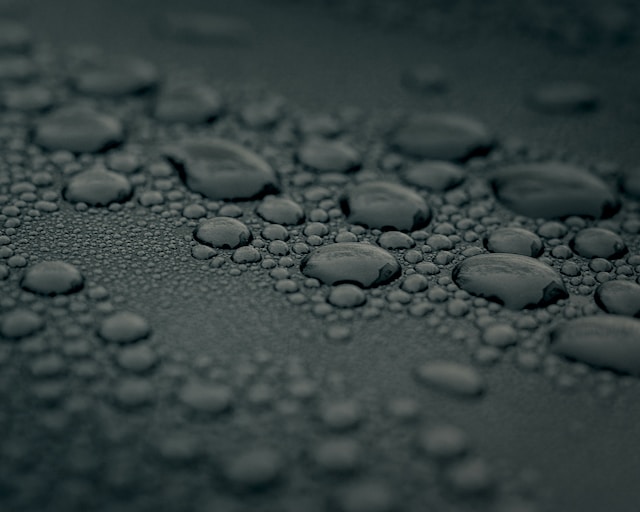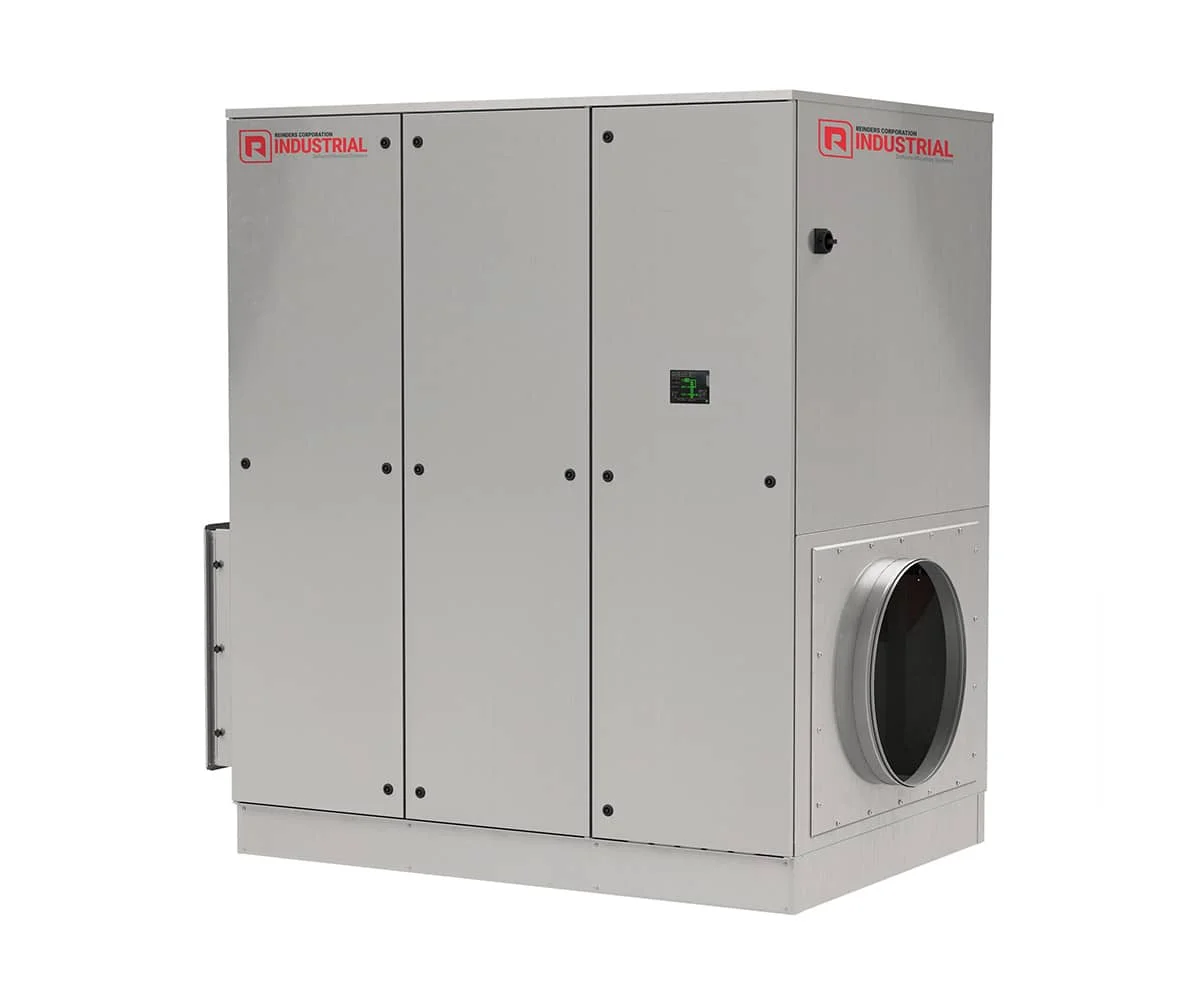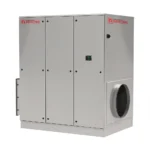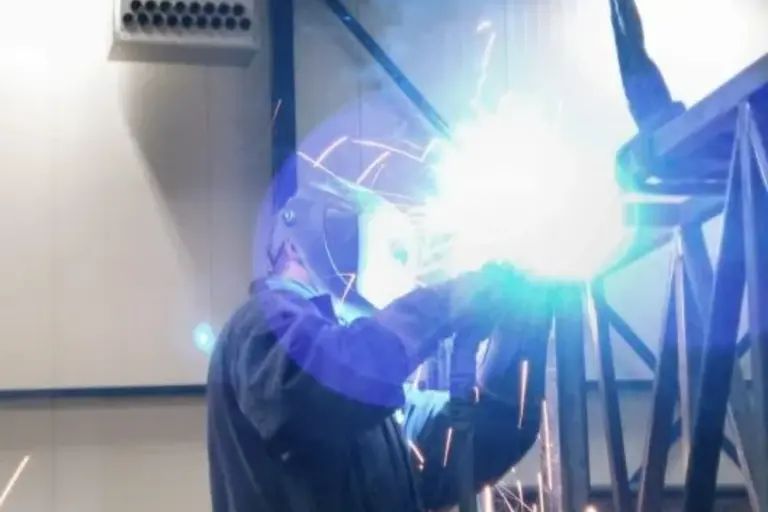Features
- Reliable operation
Quality units developed by the world’s leading experts in the field. - Robust & resilient
Designed to withstand constant use. Standard stainless steel housing ensures robust and hygienic performance. - Full control
Wide range of controllers and sensors to control both humidity and dew point. The dehumidifier can be connected to all external controller types. - Easy to maintain
Designed for easy access, therefore simple and inexpensive to maintain. - Easy to operate
Through microprocessor-based control units and advanced sensors, with the right degree of automation you need. - Energy-efficient
Designed to consume as little energy as possible while at the same time achieving a maximum effect. - Low operational costs
Long service life and remarkably inexpensive to operate. - Very easy installation
Place it, connect it and plug it in.
Specs
| Process air | 4000 – 10.000 m³/h |
| Dehumidification capacity | up to 60 kg/h |
| Electrical connection power | 67 kW |
| Connection voltage | 400 / 50 / 3 V / Hz / Ph+N+PE |
| Dimension L x W x H | 1320 mm x 2090 mm x 2152 mm |
| Weight | 745 kg |
- Heat recovery module
The dehumidifier can be equipped with a highly efficient aluminium cross-flow air heat exchanger. This allows you to recover heat from the regeneration air leaving the dehumidifier. This thermal energy can then be reused to preheat the incoming regeneration air. This provides immediate savings in dryer energy consumption, resulting in a short payback period. - Dew point controller
The dew point controller is equipped with a capacitive humidity sensor and digital readout. The combination of relative humidity [%RV] and dew point temperature [°Cdp], with the possibility of setting e.g. both a set point of 60%RV and a dew point of 10°C, makes the controller suitable for many process applications. - Process cooling module
The dehumidifier can be equipped with a special module to reduce and/or control the temperature and humidity of the dry air. This is particularly beneficial when the peaks of incoming process air are allowed to have minimal influence. In this case, some of the water in the air condenses, increasing the efficiency of the dehumidifier. With this dehumidifier, you can also choose a cooling module that allows you to control the process exhaust temperature. - Hygrostat
The hygrostat switches the dehumidifier to the desired relative humidity [%RV] in the air.
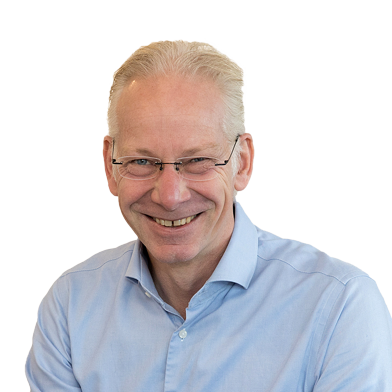
Contact our experts for advice or information
Mollier diagram
The Mollier diagram, also known as the h-x diagram, is a visual tool used to represent the thermodynamic properties of moist air. The diagram was developed by Richard Mollier in 1923 and is often used in industry for applications such as air handling, refrigeration and heating systems. Our experts at Reinders Industrial can help advise you on the Mollier Diagram.
